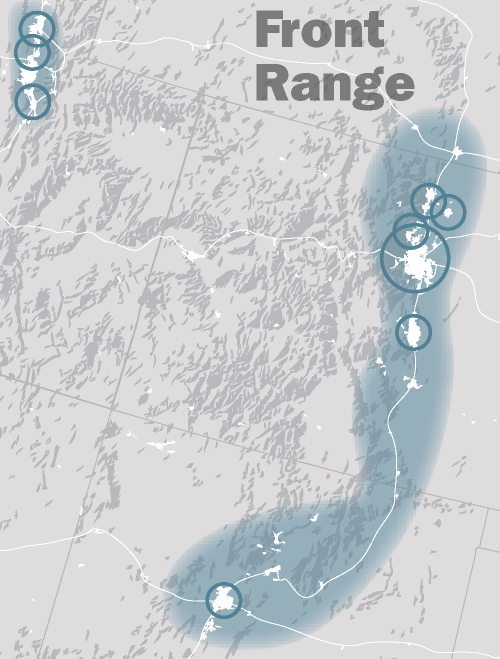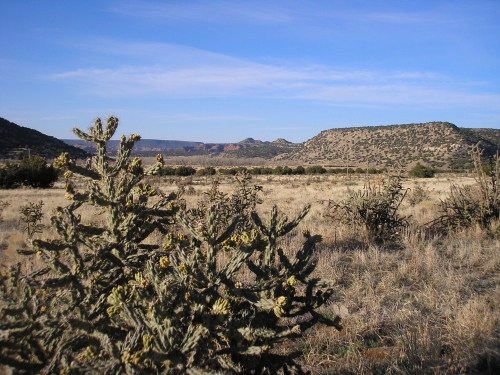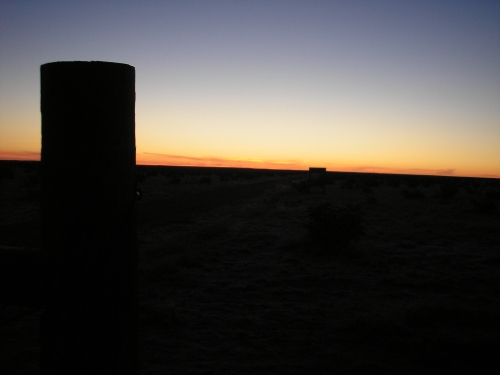On the recent episode of our silly little podcast, we discussed The Great Plains Trail.
The Great Plains is an area often ignored by not just long distance hikers, but by outdoors people in general.
Steve Myers, the director of the GPT, brought up the very good point that for solitude and a remote feel, the plains are where this sense of wildness now often lies.
The mountains and canyon country are both often well used. As part of the multitudes in the Front Range of Colorado, I am certainly part of this trend.
But the idea of an area that is a bit off the beaten path brought up other thoughts that have been circulating in my mind. In the past year or two, I have been reevaluating what I want out of the outdoors. Or, rather, reconsidering if the previous touchstone of my outdoor ‘career’, the long hikes on established trails, contain what I need in the outdoors at this point in time. Mainly solitude, remoteness, a sense of wildness…truly being away and immersed in an environment.
I loved the time I spent on the long trails. However, it seems the modern experience on long trails is more of a social pilgrimage path. Time spent in the outdoors is part of this experience for sure…but only a part. Seems that the “lifestyle” is more the ongoing reason for these longer hikes as a whole. Being immersed in a well-connected community (esp through social media) as the miles go by on the trail is a large part of the allure. People to greet you at road crossings, pilgrimage stops, and an active non-hiking community are all also part of the modern journey on the long trails. Something that is a little beyond low key trail magic.
 From Backpackinglight.com
From Backpackinglight.comAlas the so-called community is reminding me more and more of a 1980s John Hughes movie many times: Lots of cliques, high drama, and a very narrow definition of what is culturally acceptable. Mainly online, but in the increasingly connected and noticeable online presence of the hiking community, this silly high school crap has a way of bleeding over into the trail experience.

I written about the impact of connectivity before. A favorite book of mine, Wilderness Ethics, really encapsulates the modern (popular) long trail experience:
When a new technology is applied to the backcountry, we tend to focus on its practical uses. When someone later points out a gadget’s impact on the quality of the wilderness experience, we tend to classify such ramifications “secondary” or “side effects” of the technology’s application. By taking this view, we preclude questioning the original, intended use of this technology. But in fact the changes that a new technology makes on the wilderness experience are not all secondary, but are intrinsic to the very nature of that technology . The medium is the message. The tool becomes the experience.”
Or, in this case, the constant connectivity is part of the experience. And, in many ways, becomes the important part of the long trail experience.
As I’ve said before, though, a person has to take the trails for what they are and not what a person wants them to be.
In my case, the current long trail experience, for the most part, is not what I need or want from any time spent in the outdoors.
If I was to do a long trail again, it would not be a well-known one (or, at the very least, I’d do an alternative itinerary). Or perhaps not a trail at all.
Which is why I think of the Great Plains as a bastion of wildness. And sometimes even wilderness.
I’ve spent time over the years in this area. Usually day hikes mixed in with primitive car camping.
The wide open spaces, remoteness and stark terrain appeal to me.
I suspect the area will never truly be popular. It is a beauty that is too subtle at times. And the area is truly remote. No communities nestled in the mountains to greet thru-hikers like celebrities. No multi-person hiker feeds at road crossings. A population density often lower than many places on the allegedly “wild” trails.
Even among weekend users, it is an area often ignored in favor of the mountains and the Colorado Plateau to the west.

But the more I go to the Great Plains, the more I seem to embrace the uniqueness of this area.
It is indeed quiet. And remote. And full of beauty.
Solitude and remoteness aren’t the only attributes I seek out for time in the outdoors. But they are certainly key components.
When I look back to my most memorable outdoor experiences, it was the times spent in a remote feeling area. Where I felt immersed in the wildness and not at something that feels like a popular city park.
Will I hike entire length of the ~1700 miles of the proposed Great Plains Trail? Hard to say. But I suspect in the years ahead, I’ll be returning to this unique area more.
The mountains are wonderful. I’ve enjoyed the treks on the long trails. But the solitude, remoteness, and starkness of The Great Plains are calling.




Your post here describes why I love the state of Pennsylvania for backpacking so much from the perspective of someone on the east cost. Like you say, the long trails (for me the AT) are not really a wilderness experience but more of a social experience in many ways. That can be fun sometimes but usually when I get out I want peace and solitude by myself or a few close friends, the feeling of really being away from it all. The area of Pennsylvania on the rugged Allegheny Plateau contains a couple million acres of public land with a… Read more »